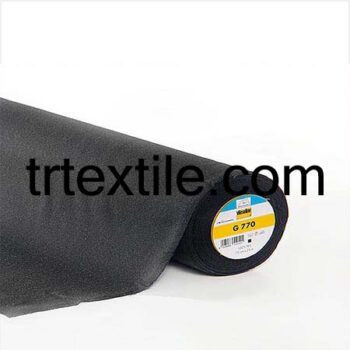-
black bias fabric
$8,00Original price was: $8,00.$7,00Current price is: $7,00. -
ecru bias fabric
$8,00Original price was: $8,00.$7,00Current price is: $7,00. -
white piping fabric
$8,00Original price was: $8,00.$7,00Current price is: $7,00.
Piping is a decorative technique that involves using a narrow strip of fabric to create a finished edge on garments, accessories, and home decor items. It adds a professional touch to any project and can be used to highlight seams, add contrast, or simply add a decorative element.
Piping can be made from a variety of fabrics, including cotton, silk, satin, velvet, and leather. The choice of fabric will depend on the look you are trying to achieve and the durability required for the project. For example, if you are making a formal dress, you may choose a silk or satin piping for a luxurious finish. If you are making a casual tote bag, you may opt for a cotton piping for a more relaxed look.
To make piping, you will need to cut strips of fabric on the bias, which means cutting the fabric at a 45-degree angle to the selvage edge. This will allow the fabric to stretch and curve around corners without puckering. The width of the fabric strip will depend on the size of the piping you want to create, but a common width is 1/2 inch.
Once you have cut your fabric strips, you will need to prepare the piping cord. Piping cord is a flexible cord that is inserted into the fabric strip to give it structure and shape. You can find piping cord in various sizes, depending on the thickness of the piping you want to create. To insert the piping cord, simply place it in the center of the fabric strip and fold the fabric over it, enclosing the cord completely. You can use a piping foot on your sewing machine to stitch close to the cord, ensuring a neat and even finish.
When sewing piping onto a project, it is important to pay attention to the seam allowances. You will need to trim the seam allowance where the piping will be inserted to reduce bulk and ensure a smooth finish. You can also use a zipper foot on your sewing machine to get close to the piping cord when stitching it onto your project. Take your time and go slowly to ensure that the piping is attached evenly and securely.
Piping can be used in a variety of ways to enhance your projects. You can add piping to the seams of a garment to highlight the construction details, or you can use piping to create decorative accents on pillows, cushions, and upholstery. Piping can also be used to add structure to bags and purses, giving them a polished and professional look.
Overall, piping is a versatile and stylish technique that can elevate your sewing projects to the next level. With a bit of practice and attention to detail, you can create beautiful piping accents that will impress everyone who sees them. So why not give piping a try on your next project and see the difference it can make?


